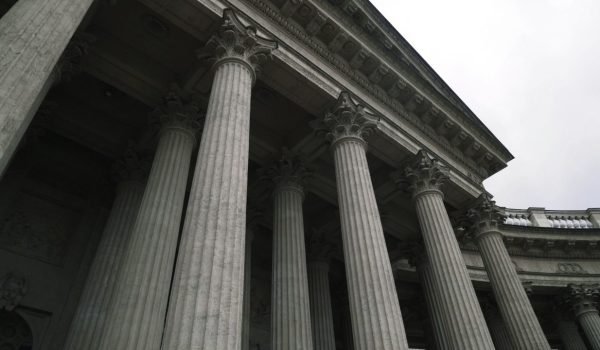The judicial journey of Madhya Pradesh reflects the gradual transformation of India’s legal institutions. For students, researchers, and professionals, understanding the development of the High Court Jabalpur, High Court Indore, and High Court Gwalior provides insight into the state’s judicial history and its contemporary significance.
Early Judicial Framework in Central Provinces
The present-day state of Madhya Pradesh originated as the Central Provinces on November 2, 1861. At that time, it was placed under a judicial commissioner, and the judicial commissioner’s court at Nagpur functioned as the highest authority. In 1921, when the province became a province governed by a governor, the region became eligible for a high court. However, financial and administrative constraints delayed the creation of such a court for nearly 15 years.
In 1933, Berar—an earlier part of the Nizam of Hyderabad’s state—was merged into the Central Provinces, giving the region a new identity as the “Central Provinces and Berar.”
Establishment of the Nagpur High Court
On 2 January 1936, King Emperor George V issued Letters Patent under Section 108 of the Government of India Act, 1915. This legal order established the Nagpur High Court for the Central Provinces and Berar. Even after the Constitution of India came into force on 26 January 1950, the jurisdiction and authority of this court continued under Articles 225 and 372, ensuring continuity of justice.
States Reorganization and the Rise of the High Court Jabalpur
The States Reorganization Act, 1956 reshaped India’s federal map. Section 9 created the new state of Madhya Pradesh, and Section 49 declared that the Nagpur High Court would, by legal fiction, become the High Court of Madhya Pradesh. From 1 November 1956, its principal seat was established at Jabalpur, thus beginning the era of the High Court of Jabalpur.
Formation of Benches at Indore and Gwalior
Recognizing the vast geography of Madhya Pradesh, the Chief Justice ordered temporary benches of the High Court at Indore and Gwalior on 1 November 1956 itself. These benches gained permanent status through a Presidential Notification dated 28 November 1968, issued under Section 51(2) of the States Reorganization Act. Since then, the High Court of Indore and the High Court of Gwalior have operated as permanent benches, making the judiciary more accessible to citizens in western and northern Madhya Pradesh.
Bhopal as the Capital and the 2000 Reorganization
Bhopal became the capital city of Madhya Pradesh, housing the seat of governance and legislative administration. However, the High Court structure continued with the High Court of Jabalpur as the principal seat and the High Courts of Indore and Gwalior as its permanent benches.
On 1 November 2000, the Madhya Pradesh Reorganization Act led to the creation of Chhattisgarh, with a new High Court established at Bilaspur. The High Court of Jabalpur then remained the judicial epicenter for the successor state of Madhya Pradesh, alongside the vital functioning of its permanent benches at Indore and Gwalior.
Present Judicial Landscape
Today, the judiciary of Madhya Pradesh operates through a three-seat structure:
High Court Jabalpur – Principal seat and central authority.
High Court Indore – Permanent bench serving western Madhya Pradesh.
High Court Gwalior—Permanent bench providing access to justice in northern Madhya Pradesh.
Together, they ensure efficiency, regional balance, and accessibility to justice, while Bhopal, as the capital of Madhya Pradesh, serves as the political and administrative hub of the state.
Educational Importance
For law students and aspirants, the development of the High Court of Jabalpur, the High Court of Indore, and the High Court of Gwalior teaches important lessons:
How colonial institutions like the Nagpur High Court transitioned seamlessly into the post-independence system.
How Articles 225 and 372 of the Constitution preserved judicial continuity.
How the reorganization of states required innovative legal mechanisms, such as legal fictions under the States Reorganization Act.
Why decentralization through permanent benches was necessary in a geographically vast state like Madhya Pradesh.
Conclusion
The story of the judiciary in Madhya Pradesh is a remarkable journey from the Judicial Commissioner’s Court at Nagpur to the present network of the High Court Jabalpur, High Court Indore, and High Court Gwalior. These courts, supported by the capital city of Bhopal as the administrative center, collectively symbolize both continuity and reform in India’s federal judiciary





